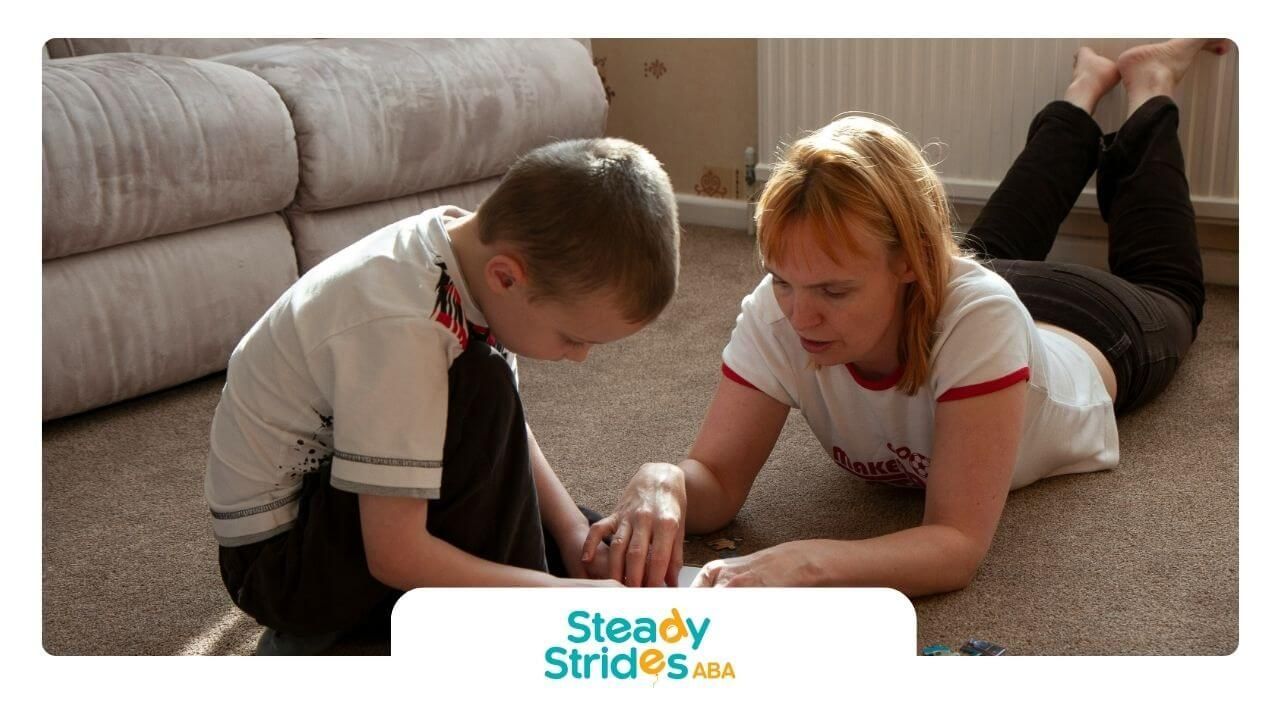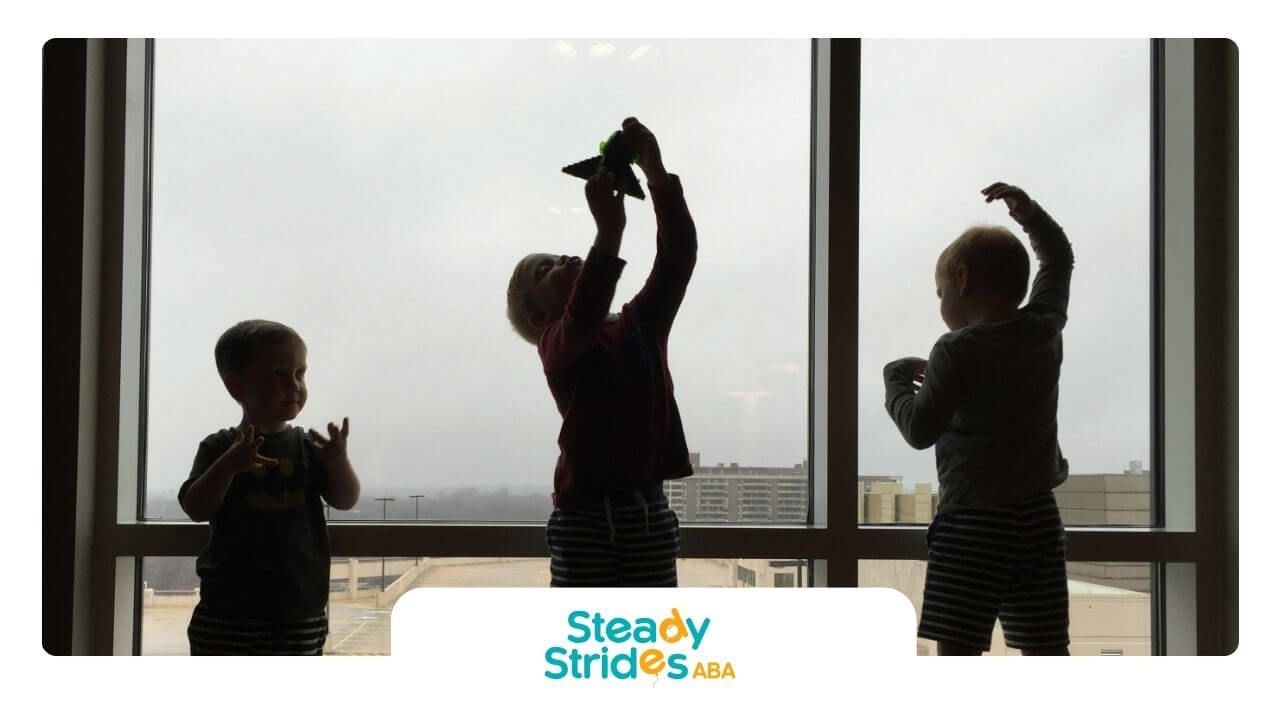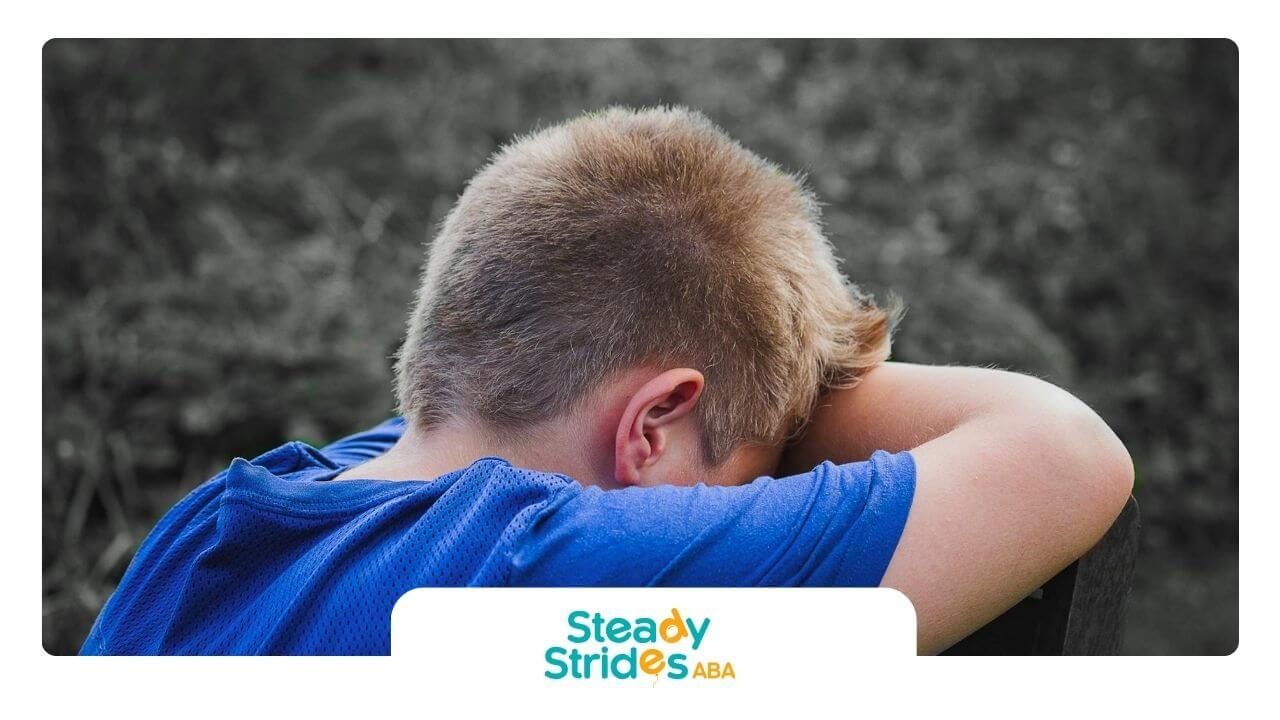Key Highlights
- Autistic Bingo is an educational game that supports learning and development for children with autism.
- It serves as a powerful tool to help build social skills and communication in a fun, structured setting.
- The game can be integrated into ABA therapy to create a positive learning environment and reinforce positive behaviors.
- By featuring common autistic traits, the game helps promote autism awareness and empathy.
- Customizable bingo cards make the activity adaptable for different ages, abilities, and learning goals.
Introduction
The term "Autistic Bingo" is gaining attention as a unique and engaging activity within the autism community. This game serves a dual purpose: it can be a reflective tool for individuals to connect with traits related to the autism spectrum, and it can be a valuable educational game. For children, it offers an innovative way to work on social interaction, communication, and empathy. Let’s explore how this simple game can become a powerful resource for learning and development.
Understanding Autistic Bingo for Children
Autistic Bingo comes in two main forms. One version, often seen on social media, helps autistic individuals with self-reflection and identification. The other is an educational game specifically designed to support children with autism. This version adapts the classic bingo format using a custom bingo card.
Instead of numbers, the cards feature words, images, or concepts that align with specific learning goals. This approach transforms a familiar game into a dynamic tool that celebrates neurodiversity and fosters skill development in a playful and engaging manner.
What Is Autistic Bingo and How Is It Played?
So, what is Autistic Bingo? When used as an educational game, it’s a creative twist on the classic game you already know. Instead of calling out numbers, a facilitator calls out words, shows pictures, or describes scenarios related to the squares on the bingo card. The cards are filled with items tailored to specific educational objectives, such as vocabulary words, social cues, or images of emotions.
Players listen for the call or look at the image and then use bingo chips to mark the corresponding square on their card. The first person to get a line of marked squares horizontally, vertically, or diagonally, shouts "Bingo!" to win.
The game's structure makes it one of the most accessible bingo games for children with autism. It provides a predictable, rule-based activity that is both fun and beneficial. This format turns learning into an exciting challenge rather than a chore.
Purpose and Benefits for Children with Autism
The primary purpose of educational Autistic Bingo is to support skill development in a low-pressure environment. For children with autism spectrum disorder, this game can be a fantastic way to practice and reinforce a wide range of essential skills. It provides a structured yet enjoyable activity that encourages active participation.
One of the key benefits is its use of positive reinforcement. Winning a round or even just participating successfully can boost a child's confidence and self-esteem. The game is also excellent for language development, as it can be used to teach new vocabulary, concepts, and communication practices.
In therapeutic settings like ABA therapy, therapists can customize the game to target specific goals. Whether it's improving social skills, cognitive abilities, or communication, Autistic Bingo provides a versatile and effective method for making learning engaging and rewarding.
Common Features of Autistic Bingo
To be effective, Autistic Bingo games are designed with the unique needs of players on the autism spectrum in mind. The content on the bingo card is carefully customized to align with educational or therapeutic goals. This may involve incorporating visuals to aid comprehension or choosing themes that match a child’s interests.
Another common feature is consideration for sensory processing. Game materials, such as textured bingo chips or cards with calming colors, can be used to create a more comfortable experience. The goal is to build a game that uses reinforcement to support learning. Let's look at some of the specific elements you might find.
Typical Phrases and Traits Found on Bingo Cards
The bingo cards used in this game are highly customizable, which is part of what makes them so effective. Rather than generic words or numbers, the squares are filled with phrases and experiences that can help build vocabulary, comprehension, and autism awareness. This customization allows the game to target various skills.
For a self-reflection version, the card might include traits common among autistic individuals. For an educational game, the squares could feature learning targets.
Some common examples you might find on different types of cards include:
- Sensory sensitivities
- Deep focus on interests
- Difficulty with changes in routine
- Stimming
- Challenges with eye contact
By seeing these items on a card, players can learn new terms and better understand different experiences. The game can be adapted to focus on social cues, emotions, or daily living skills, making it a flexible tool.
Examples of Autism-Specific Bingo Versions
Autistic Bingo is not a one-size-fits-all game. There are many versions designed to meet the needs of different age groups and skill levels. For younger children, the game might use simple pictures of objects or animals to teach categorization and vocabulary. For older players, it can address more complex social situations.
A popular variation is social skills bingo, which focuses specifically on teaching appropriate social behaviors and understanding social cues. These versions are often used in educational settings and support groups to facilitate interaction and learning in a structured way.
Different versions can be created to target specific goals. For example, a card might focus on identifying emotions, answering "wh-" questions, or practicing conversational turn-taking. This adaptability makes it a valuable resource for parents, teachers, and therapists.
| Bingo Version | Focus Area | Target Audience |
|---|---|---|
| Vocabulary Bingo | Language development, word recognition | Early learners, young children |
| Social Skills Bingo | Turn-taking, conversation, social cues | School-aged children, therapy groups |
| Emotions Bingo | Identifying and naming feelings | Children of all ages |
| "Wh-" Questions Bingo | Answering who, what, where, when, why | Children working on comprehension |
Educational Uses of Autistic Bingo
As an educational game, Autistic Bingo is a powerful tool that transforms learning into an enjoyable activity. It can be easily adapted for students of all ages, from young children first learning vocabulary to older students practicing complex social skills. This game helps create a positive and inclusive learning environment where every child can participate.
In settings like schools or ABA therapy centers, the game can be integrated into the curriculum to reinforce concepts taught in a more traditional format. Below are some specific ways this game can be used to support learning.
Integrating Bingo into Classroom Activities
Teachers can easily bring Autistic Bingo into the classroom to support students with autism. The game provides a structured activity that can help with focus and engagement. It can be used as a fun reward, a morning warm-up, or a group activity to build a sense of community.
During lessons, bingo can reinforce new concepts. For example, after a story, a bingo game could feature characters, settings, and plot points to check for comprehension. This interactive method is often more effective than a standard worksheet, especially for visual learners.
Using the game in a group setting also encourages positive behaviors like waiting for your turn and listening to the speaker. It creates a low-pressure environment for students to practice important classroom skills while having fun with their peers.
Supporting Social Skills and Communication
One of the greatest strengths of Autistic Bingo is its ability to support social skills and communication. The game’s predictable structure provides a safe framework for social interaction, which can reduce anxiety for children with autism. It naturally incorporates turn-taking, listening, and following directions.
The game provides clear opportunities to practice appropriate behaviors. For instance, players learn to listen for the called item, scan their cards, and communicate when they have a bingo. Some versions are even designed for cooperative play, where students work together to fill a card, promoting teamwork.
By using themes related to social situations or emotions, the game can open up discussions about these topics. This use of reinforcement in a playful context helps children build confidence in their social abilities and apply these skills in other settings.
Creating Inclusive Autistic Bingo Experiences
To get the most out of Autistic Bingo, it’s important to create an experience that is respectful, positive, and inclusive. This means recognizing and celebrating neurodiversity and fostering empathy among all players. The goal is not just to teach skills but also to build understanding within the autism community and beyond.
A comprehensive approach ensures that the game is a comfortable and validating experience for everyone involved. Whether playing at home, in a classroom, or in a therapy session, a few guidelines can help make the game a success.
Guidelines for Respectful and Positive Play
Making Autistic Bingo an inclusive and respectful activity is essential. The focus should always be on creating a supportive learning environment. Whether you are a parent, teacher, or therapist, a little preparation can ensure the game is a positive experience for everyone.
Start by explaining the rules clearly, using simple language and visual aids if needed. It's important that every player understands how to participate. The atmosphere should be encouraging, with an emphasis on participation over winning. Using positive reinforcement, like praising players for listening or waiting their turn, can make a big difference.
Here are a few guidelines:
- Adapt the Environment: Adjust lighting or sound to accommodate sensory sensitivities. Allow the use of fidget tools.
- Focus on Strengths: Celebrate each child's participation and effort, regardless of the outcome of the game.
- Encourage, Don't Force: Create a low-pressure setting. Allow children to participate in a way that feels comfortable for them.
In ABA therapy, these principles are key to building rapport and fostering genuine skill development.
Adapting Bingo for Different Ages and Abilities
Autistic Bingo is highly adaptable, making it suitable for different age groups and ability levels. For very young children, the game can be simplified by using large, clear pictures of familiar objects or animals. The focus could be on matching images and learning new words.
For school-aged children, the cards can include more complex concepts, like social scenarios, emotion recognition, or problem-solving tasks. You can also adjust the game's pace and rules to match the group's attention span and needs. Consider sensory input by using textured markers or allowing movement breaks.
In support groups for teens or adults, the game can be a jumping-off point for deeper conversations about autistic identity and shared experiences. By tailoring the content and format, you can ensure the game is relevant, engaging, and beneficial for every player.
Conclusion
In wrapping up, Autistic Bingo presents a unique and engaging way for children with autism to learn while having fun. By playing this game, children not only develop essential skills but also improve their social interactions and communication abilities in a supportive environment. Whether it's through classroom activities or home play, incorporating Autistic Bingo can foster meaningful connections and understanding among peers and family members. If you're interested in creating a fun and inclusive experience for your child, don’t hesitate to explore printable Autistic Bingo cards and start your journey today!
At Steady Strides ABA, we believe learning should be engaging, enjoyable, and empowering. Tools like Autistic Bingo encourage children to develop essential communication, social, and cognitive skills, all while having fun! Our team designs therapy programs that blend evidence-based techniques with playful learning, helping children through ABA therapy in Texas and New Mexico to thrive both at home and in the community.
Ready to make learning fun and meaningful for your child? Contact us today!
Frequently Asked Questions
Is Autistic Bingo Used as a Diagnostic Tool?
No, Autistic Bingo is not a diagnostic tool and should never be used to diagnose autism. While some bingo cards feature traits associated with the autism spectrum, they are meant for self-reflection or as an educational game. A formal diagnosis can only be made by a qualified healthcare professional.
Where Can I Find Printable Autistic Bingo Cards?
You can often find printable Autistic Bingo cards online. They are frequently shared on social media platforms and within online support groups for the autism community. Searching for "printable autism bingo" may also lead you to resources from educators, therapists, and advocacy organizations that create custom bingo card templates.
How Can Autistic Bingo Encourage Conversation About Autism?
Autistic Bingo encourages conversation by featuring traits, experiences, and vocabulary related to autism on the cards. This naturally prompts questions and discussions among players, fostering autism awareness and empathy. It creates a relaxed and fun way for the autism community and allies to share experiences and promote social interaction.
SOURCE:
https://www.reddit.com/r/autism/comments/18454ue/autism_bingo_card/
https://www.researchgate.net/figure/An-example-for-playing-a-bingo-game-the-minimally-verbal-individual-with-severe-autism_fig2_321299769
https://www.amazon.com/Super-Duper-Publications-Comprehension-Communication/dp/1586501720
https://www.businessinsider.com/leka-autism-toy-is-an-adorable-best-friend-2016-5
https://en.wikipedia.org/wiki/Park_Eun-bin













